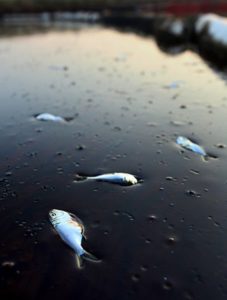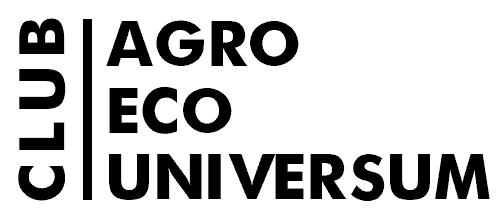Water Pollution Modeling in terms of the Number of Aquatic Organisms
 The Moskva River is located in the zone of the largest metropolis in Europe. The most important factor affecting the Moskva River water quality is the discharge of treatment facilities. A convenient criterion to assess water quality is the number of living organisms in the river. The impact of treatment facilities on water quality can be assessed by comparing the amount and composition of aquatic organisms upstream and downstream in regard to the point of discharge. Such an analysis can show whether the river is able to cope with the incoming volume of organic matter. The Kur’yanovo Aeration Station is one of the largest wastewater treatment plants (KWWTP) in the city which significantly changes the living conditions of the Moskva River living organisms (Table 1).
The Moskva River is located in the zone of the largest metropolis in Europe. The most important factor affecting the Moskva River water quality is the discharge of treatment facilities. A convenient criterion to assess water quality is the number of living organisms in the river. The impact of treatment facilities on water quality can be assessed by comparing the amount and composition of aquatic organisms upstream and downstream in regard to the point of discharge. Such an analysis can show whether the river is able to cope with the incoming volume of organic matter. The Kur’yanovo Aeration Station is one of the largest wastewater treatment plants (KWWTP) in the city which significantly changes the living conditions of the Moskva River living organisms (Table 1).

Table 1. The Moskva River chemical conditions in the zone of the Kur’yanovo Aeration Station (medium±standard)
We have analyzed the number of various aquatic inhabitants both downstream and upstream of the KWWTP: bacterial plankton, phytoplankton, zooplankton, and zoobenthos. They differ in the way they feed (for example, phytoplankton assimilates solar energy like plants, while zooplankton uses ready-made organic substances like animals) and in the way they distribute in the water column (phytoplankton lives at the water surface, and zoobenthos in the bottom layers). This was done in order to estimate (in terms of chemical composition and vertical distribution of pollutants in water) the effect of discharges on water quality from different perspectives. The number of some species of fish was also studied: roach, bleak and perch. Eating different types of plankton, fish can serve as an additional indicator of its quantity, which reflects the purity of water.

The discharge of treatment facilities significantly reduces the amount of planktonic organisms mainly due to its dilution and suspensions which reduce the penetration depth of sunlight. The amount of benthic organisms (zoobenthos) is drastically reduced because the water at the discharge point is actively mixed, which deterioreates the natural conditions of their life. Surprisingly, despite the decline in the number of plankton and other organisms, the number of fish, especially roaches, considerably increases. It turned out to be attracted by the powerful water flow and the abundance of activated sludge (the biocenosis of bacteria and microorganisms occurring in wastewater) contained in the discharged water. An analysis of the fish intestines showed that activated sludge constituted down to 40-60% of their ration.
Using widely known in ecology knowledge about food chains and the rules of matter and energy transfer, the amount of water pollutants can be determined by the number of fish living in the sewage discharge zone of treatment plants. For example, if roach feeds on activated sludge, it can consume no more than 1-10% of its total amount. If the amount of activated sludge increases, the number of fish will increase too, and vice versa. Moreover, to consider the number of fish below the discharge level, there is no need to count each fish; there are modern practices to estimate the density of fish in water: measuring the density of fish in specific fish traps. Then, using a mathematical model, the amount of pollutant corresponding to the specific number of fish is calculated; for greater accuracy, one can also take into account the change in the number of phyto- and zooplankton.
Full Text:
Kriksunov, E. A., Pushkar, V. Y., Lobyrev, F. S., Burmenskii, V. A., Shchegol’kova, N. M., & Bobyrev, A. E. (2006). Structural-functional organization of biocenoses and the ichthyofauna of the Moskva River in its urban reach. Water resources, 33(6), 651-660.
